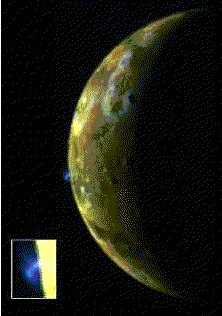This Galileo image of Prometheus is similar to the original Voyager picture.
Click on image for full size
NASA
Io Discoveries with Voyager
When Voyager flew by Jupiter, no one thought that the moon, Io, would have volcanoes. However, there were three brave scientists who predicted that Voyager would find evidence that Io might be hot enough for volcanoes. The prediction was made just two weeks prior to the Voyager encounter with Io.
To everyone's surprise, when Voyager passed by, it actually caught the Prometheus geyser going off.
Later the three scientists who made the prediction were asked why they had taken the risk of making such a prediction, when they could easily have been wrong. They said that was what it meant to be a scientist.
The Galileo mission to Jupiter continues the exploration of the volcanism of Io.
You might also be interested in:
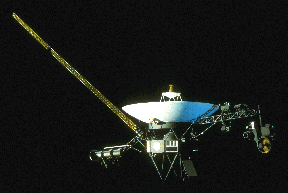
Unexpected discoveries made by the two Voyager spacecrafts during their visits to the four largest planets in our solar system have changed the field of space science. Voyager 2 was launched on Aug. 2
...more
Galileo was a spacecraft that orbited Jupiter for eight years. It made many discoveries about Jupiter and its moons. Galileo was launched in 1989, and reached Jupiter in 1995. The spacecraft had two parts.
...more
Amalthea was discovered by E Barnard in 1872. Of the 17 moons it is the 3rd closest to Jupiter. Amalthea is about the size of a county or small state. Amalthea is named after the goat in Greek mythology
...more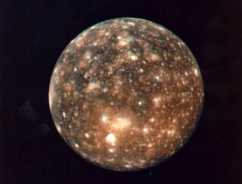
Callisto was first discovered by Galileo in 1610. It is the 2nd largest moon in the solar system, and is larger than the Earth's moon. It is about as big as the distance across the United States. Callisto
...more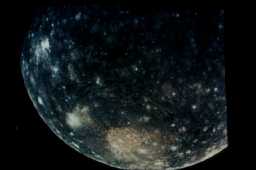
Measurements by the Galileo spacecraft have been shown that Callisto is the same inside from the center to the surface. This means that Callisto does not have a core at the center. This means that, unlike
...more
Many different types of surface are shown in this picture. In the front is a huge crater, which goes for a long way over the surface. This crater could be compared to that of Mimas. They both show that
...more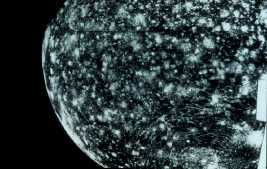
The surface of Callisto is deeply marked with craters. Craters are the little white marks in the picture. It looks like it might be the most heavily cratered body in the whole solar system. And some of
...more


